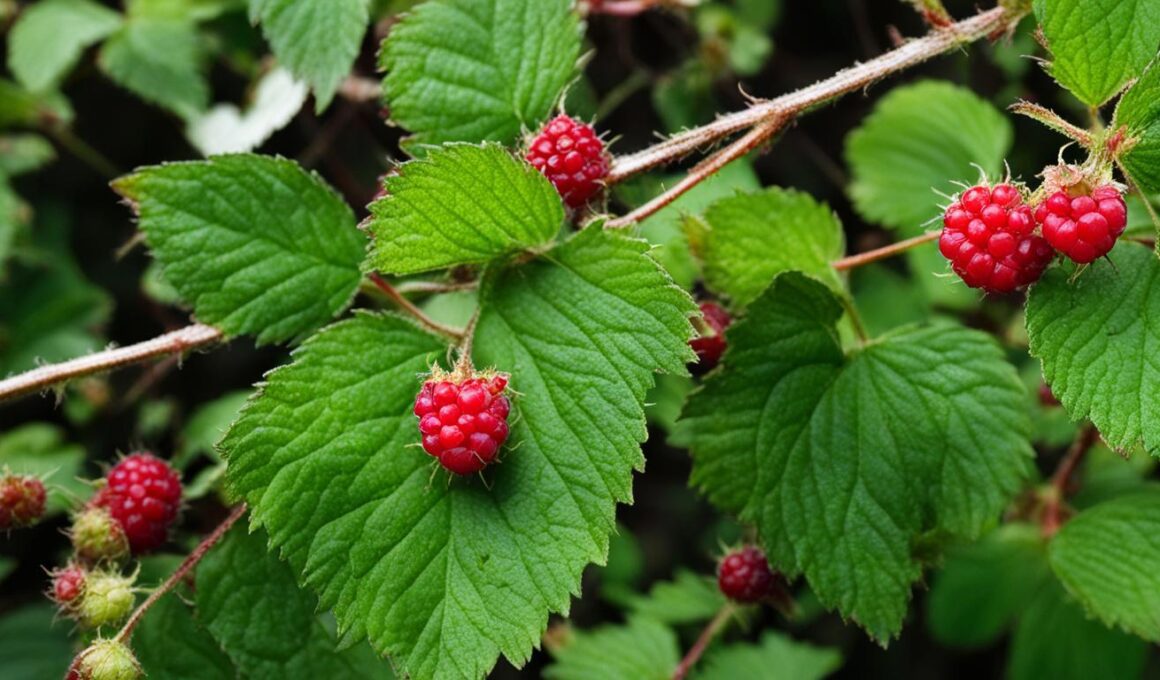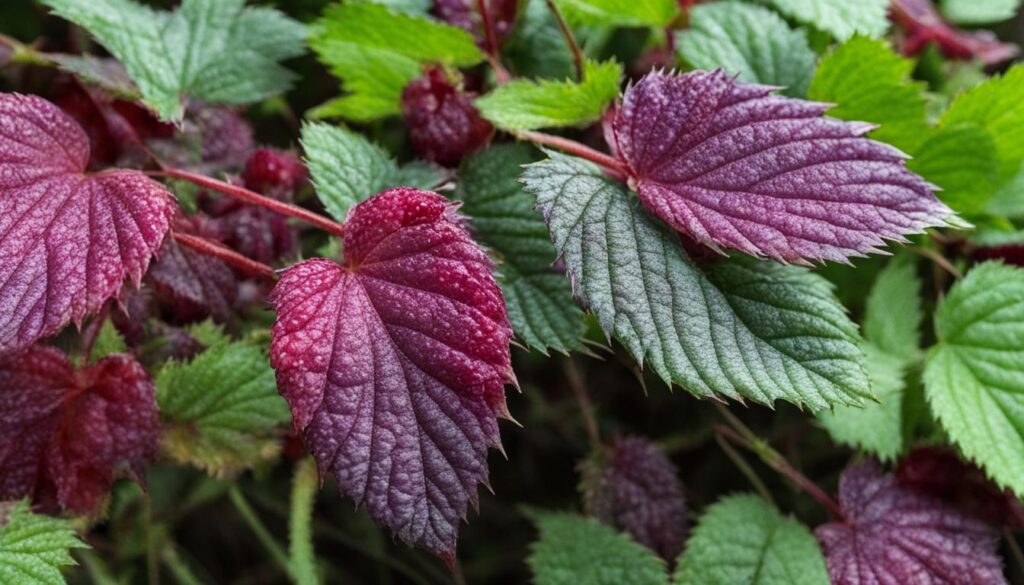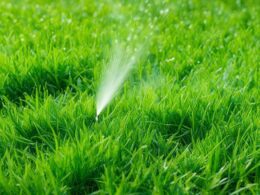If you enjoy foraging for berries, it’s essential to be able to identify and handle the Poison Wild Raspberry Plant safely. This deceptive flora may seem harmless, but consuming it can have severe side effects or even be deadly. In this article, we will provide you with the necessary information to recognize this poisonous plant and take appropriate precautions to ensure your safety.
Identifying the Poison Wild Raspberry Plant
When it comes to foraging for berries, it’s crucial to be able to identify the Poison Wild Raspberry Plant to ensure your safety. This deceptive plant can have severe side effects or even be fatal if consumed. In this section, we will discuss the key characteristics for identifying this poisonous plant and how to distinguish it from other similar-looking bushes and berries.
The Poison Wild Raspberry Plant is recognized by its vibrant red berries, which serve as a warning sign. However, it’s important to note that not all red berries indicate toxicity. To accurately identify the Poison Wild Raspberry Plant, pay attention to the specific features of its leaves.
Look for leaves with pointy spikes or rough scratchy hairs. These distinct characteristics are common in the Poison Wild Raspberry Plant and help set it apart from other bushes. As you examine the plant, take note of any milky sap or unpleasant odor emanating from the berries, as these can also be indicators of toxicity.
In addition to the leaves and berries, another distinguishing feature of the Poison Wild Raspberry Plant is an outer shell that encloses the berry. This protective layer acts as a defense mechanism and is not typically found in edible berries.
It’s important to exercise caution when identifying poisonous bushes, as some toxic plants may closely resemble the Poison Wild Raspberry Plant. For instance, the red-berried elder, Daphne spp., and asparagus fern are all shrubs with red berries that can be mistaken for the Poison Wild Raspberry Plant. Familiarize yourself with their distinct characteristics and consult authoritative sources or local experts to ensure accurate identification.
To summarize, when identifying the Poison Wild Raspberry Plant, look for:
- Red berries
- Pointy spikes or rough scratchy hairs on the leaves
- Milky sap or unpleasant odor from the berries
- Hive or skin reactions from the berry juice
- Outer shell enclosing the berry
Remember that proper identification is crucial when it comes to handling and consuming wild berries. Mistaking the Poison Wild Raspberry Plant for an edible berry can have severe consequences. Stay vigilant and refer to reliable sources to ensure you can safely enjoy the bounty of nature while avoiding potentially poisonous plants.
Toxic Look-alikes for Poisonous Wild Berries
When foraging for wild berries, it’s crucial to be aware of toxic look-alikes that may resemble edible berries but are highly poisonous. Mistaking these toxic berries for safe ones can have severe consequences. To ensure your safety, it’s important to differentiate between the toxic look-alikes and the edible berries.
One example of a toxic look-alike is the red-berried elder (Sambucus racemosa), whose red berries may resemble edible berries. However, all parts of the plant, including the berries, leaves, and stems, contain toxins that can cause adverse effects if ingested. It’s crucial to avoid consuming any part of the red-berried elder.
The Daphne spp. plant is another deceptive flora with appealing red berries. Although these berries may look tempting, they are poisonous and can lead to severe symptoms when ingested. It’s essential to exercise caution and avoid consuming any berries from the Daphne spp. plant to prevent harm.
Additionally, the asparagus fern (Asparagus setaceus) is another plant that can be mistaken for its edible counterparts. While its red berries may look similar to safe berries, they are toxic and can cause significant health issues if ingested. It’s important to be able to identify the asparagus fern and avoid consuming its poisonous berries.
Being able to distinguish toxic look-alikes from edible berries is crucial for your safety when foraging. Remember to thoroughly research and familiarize yourself with the different plants in your area to avoid any potential harm. By staying informed and cautious, you can enjoy the experience of foraging for wild berries while safeguarding your well-being.
Precautions and Safety Measures
When dealing with poisonous berries, it’s crucial to prioritize precautions and follow the necessary safety measures. One of the first steps you can take is to avoid planting toxic bushes in your backyard, especially if you have young children and pets. By eliminating the presence of these plants, you greatly reduce the risk of accidental consumption.
Educating yourself and others about the identification and associated risks of poisonous bushes and berries is another significant safety measure. Familiarize yourself with the characteristics of poisonous berries and learn how to recognize them. Share this knowledge with your family, friends, and neighbors to ensure their safety as well.
Remember, if you suspect poisoning or come into contact with any poisonous plant, it’s critical to seek immediate medical attention. Time is of the essence, and prompt medical intervention can make a significant difference in minimizing the potential harm. Do not hesitate to reach out to healthcare professionals in case of an emergency. Remember, prevention is always better than cure when it comes to dealing with poisonous wild plants.
Are Poison Wild Raspberry Plants Harmful to Ti Plants?
Yes, poison wild raspberry plants can be harmful to ti plants. The toxins produced by poison wild raspberries can stunt the growth and development of ti plants, and in some cases, even kill them. It’s important to be cautious and remove any poison wild raspberry plants near your ti plants. For more tips on protecting your ti plants, check out our caring for ti plants article.










